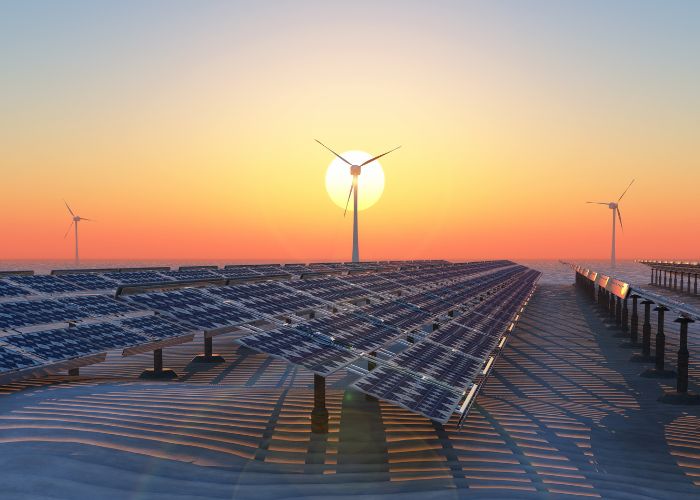MADRID – Spain has various subsidies to become self-sufficient for your energy use to generate electricity. Therefore, it is useful to know which subsidies these are and how you can get the right support for your project. As such, an overview and some tips & tricks can be found in this article.
The electricity price has been sky high for months; consequently, that makes it interesting to become self-sufficient to generate electricity. Furthermore, there are subsidies for energy generation with sustainable energy sources. The Spanish government has made funds available until December 2023 and the Institute for more diversity and saving of energy (abbreviated as IDAE in Spain) manages the funds on behalf of the local authorities.
Grant programs
Moreover, there are six different funds for sustainable energy-generating installations.
Programs 1, 2, and 3 are aimed at the service sector, the self-employed, and other manufacturing sectors. Programs 4 and 5 stimulate initiatives for installations for the sustainable generation or storage of energy in the housing sector, public services, and interest groups. Whereas, program 6 is for heat exchange systems in the residential sector.
So, for example, for a company that wants to install solar panels, program 1 is the right choice. But program 4 should be chosen for a private home. And, program 6 exists for a heat pump in a house.
Amount of the subsidy
However, the amount depends on who makes the application and for which installation it has been chosen. Therefore, in the case of the programs for companies, the self-employed, and the service sector, this is a percentage of the installation costs. Furthermore, the size of the company also plays a role in determining the amount.
Support measures for private individuals to generate electricity
For private owners in the residential sector, there is a range of support measures for installations that generate renewable energy. Furthermore, this concerns an amount per possibly generated kilowatt-hour (hereinafter: kW) of:
- 600 euros per kW for installations with a maximum capacity of 10 kW;
- 450 euros per kW for installations with a capacity between 10 and 100 kW;
- 350 euros per kW for installations with a capacity between 100 and 1,000 kW.
The amount is higher if the municipality has fewer than 5,000 inhabitants.
Wind energy
Therefore, for a wind-energy turbine as self-sufficiency, the amounts fluctuate between €650 and €2,900/kW. There is a higher subsidy when it comes to generating energy for collective self-sufficiency, such as for apartment complexes or residential areas.
Heat energy generation in the housing sector
The subsidy for solar energy installations is:
- 900 euros per kW for installations with a maximum capacity of 50 kWh;
- 750 euros per kW for installations with a capacity between 50 and 100 kW;
- 650 euros per kW for installations with a capacity between 100 and 400 kW;
- 450 euros per kW for installations with a capacity of more than 400 kW.
Heating via biomass is subsidised at €250 per kW.
Heat exchange systems or combined heat and power plants (CHP) that provide climate control or hot water through geothermal energy can count on an amount of €2,250 and €1,600/kW, depending on the system – closed or open.
How is the subsidy applied?
The subsidy must be applied for at the local municipality. It is the municipalities that publish invitations for subsidy applications in the newspaper. The invitation also states the time when the subsidy can be applied for. And then applies: first come, first served system. The official deadline for applications is December 2023, but if the fund in question is empty before that, the application will be rejected.
Not only is it important to be on time, but also meeting the (subsidy) requirements is necessary to receive the subsidy. It is therefore important to read the publication in the newspaper carefully. Interested parties can apply for the subsidy via a digital platform of the municipality. This application can also be made on behalf of an interested party by a subsidy advisor.
More information and summaries can be found on the IDAE website. This is where the regulations and current events are always kept up to date.
Also read: Wind and solar energy account for 40% of electricity in Spain


